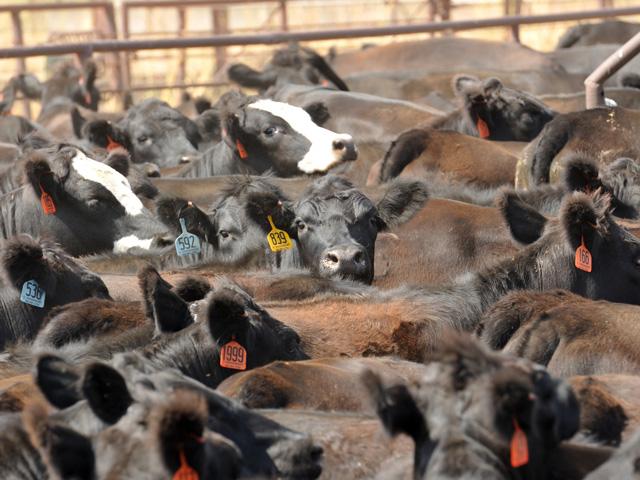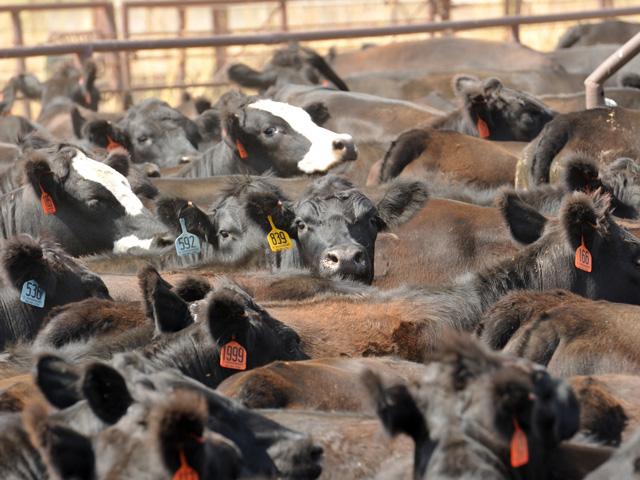Sort & Cull
Will April Live Cattle Keep $140?
After a year of wild rides, one can't help but anxiously look at 2022 and pray that the market's bullish trajectory comes to fruition. The April 2022 live cattle contract has been able to sustain $140 for quite some time, but as the market prepares to break into the new year, will the market be able to endure the test of time and yield $140 prices come next spring?
BULLISH OUTLOOK
The feedlots' advantage are factors supporting the market's ability to trade higher. First, feedlots are extremely current. Through November, processing speeds ran extremely aggressive and averaged killing 639,411 head per week, which includes the shortened week around Thanksgiving.
Second, if you studied the placement data on Thursday's latest Cattle on Feed report, you may feel overwhelmed by the 4% year-over-year increase, but I hope you studied the weight breakdown of the placements. With a lot of wheat pastures unable to be grazed this year due to drought, a lot of the lighter weight calves that would typically still be out on wheat made their way into feedlots last month. Feeders weighing under 600 pounds, 600 to 699 pounds and those weighing 700 to 799 pounds all saw a year-over-year increase in numbers, while the heavier-weight feeders remained steady. These feeders won't pressure the market until after April, which bodes well for feedlots in their quest to make a spring high.
P[L1] D[0x0] M[300x250] OOP[F] ADUNIT[] T[]
The third factor is demand is expected to remain extremely strong, both domestically and internationally.
When the clock strikes midnight on Dec. 31, U.S. beef exports will have had a record year. When looking to 2022, the market anticipates steady, if not even better demand.
Currently, the U.S. has exported 2.58 billion pounds of beef, which is up 21% from a year ago, with the three largest buyers being Japan, South Korea and China.
Not only do the markets trade in respect to supply and demand pressures, but we often overlook the psychological part of the markets, though we shouldn't, as that plays a significant role. For example, look at what the market accomplished once the cash cattle market finally reached $130. The last time the cash cattle market rang the bell of $130 was back in 2017, and once feedlots regained some leverage and confidence, the market then jumped to $140 in a matter of four weeks.
BEARISH OUTLOOK
When the market beams a positive outlook ahead of the market, we must wonder how much optimism is already built into the market. Given all the bullish factors that support the live cattle market, I do believe the market stands a strong chance to trade at $140, if not higher, but we must recognize that there is a lot of optimism already built into the market and that it's never just easily sailing.
Second, when considering what bearish factors could deter the market's ability to trade at $140 or above, we are always just one major tragedy from the market having a different trajectory.
Finally, so much of how the April contract can perform depends on how aggressive processing speeds run between now and then, and also how packers get cattle bought. If packers can buy cattle next spring and easily commit them to the deferred delivery, then the spot market will suffer and the market's ability to achieve true price discovery will be hindered.
ShayLe Stewart can be reached at shayle.stewart@dtn.com
(c) Copyright 2021 DTN, LLC. All rights reserved.






Comments
To comment, please Log In or Join our Community .